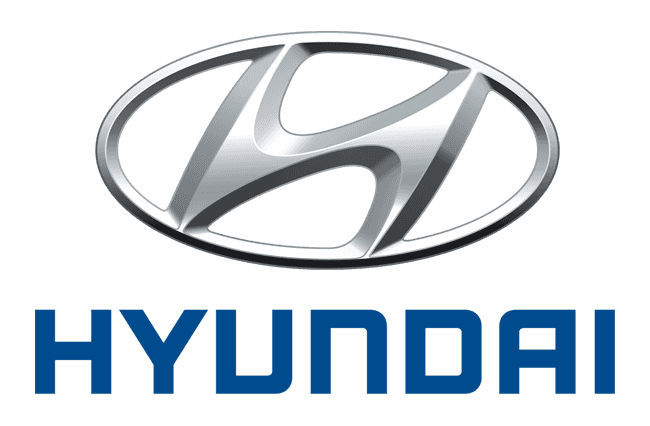
HYUNDAI TERRACAN MOT Statistics by Year
Select a model year to see detailed MOT results; including pass rates, mileage trends, and the most common defects found for that specific HYUNDAI TERRACAN.
Defect rate by model year
The Hyundai Terracan, a mid-size SUV introduced in the early 2000s, is known for its rugged design and off-road capabilities. With a robust build and a reputation for practicality, it appealed to outdoor enthusiasts and families alike. However, like many vehicles, its reliability has been scrutinized over the years, particularly through the lens of MOT inspection data.
When examining the reliability of the Hyundai Terracan from 2003 to 2007, it becomes evident that the model's performance varies significantly compared to the average vehicles of the same years. The 2003 model stands out positively, recording an average of 342 defects per 100 inspections, which is approximately 10% lower than the average for that year. This suggests a strong start for the model. However, subsequent years, particularly 2004, show a decline, with defects rising to 425 per 100, which is 11% above the average, indicating a troubling trend in reliability.
Recurring issues reported in the MOT data highlight common concerns across multiple years, including brake pipe corrosion and excessive wear in suspension components. While these issues are not unique to the Terracan, their frequency suggests areas where Hyundai could improve the model’s design or materials. Notably, the 2004 model year presents the highest defect rate, while 2003 appears to be the best performer within this time frame. The trend of increasing defects in the following years raises questions about the vehicle's long-term reliability.
Did you know?
Overall, the Hyundai Terracan's reputation is a mixed bag. While it offers a capable and spacious option for drivers, the inspection data indicates that potential buyers should be aware of specific maintenance issues that may arise. As a model, it is often remembered for its ruggedness, but the data suggests that prospective owners should be prepared for some mechanical challenges, particularly in the later years of production.